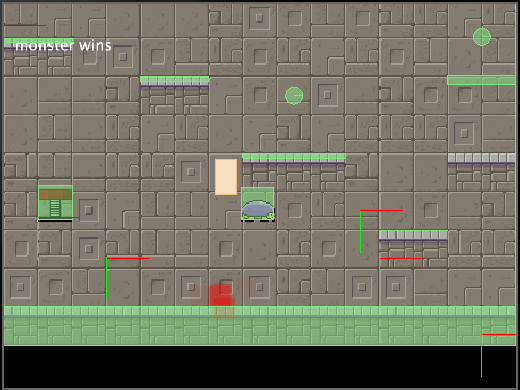Okay I got the bounds working! Woo hoo! Thank you!
And to answer your question, no I don’t think I’m scaling anything (unless it’s automatically scaled or something). Should I be?
EDIT: I have been putting my player in a certain place instead of just on the screen, but when I altered it so that the player was just added to the screen at no designated x,y it worked fine. I’m not sure if there is something I’m missing maybe? It seems like wherever the player starts in relation to the map is where the player is kept. So for instance I had my player starting at -5, and my map starting in the bottom left corner, so my player was off center from the right, and the map wouldn’t follow up and down. Any advice would be helpful because I won’t be able to alter each map to start in the top right corner with the player in the top right corner! Thanks!




